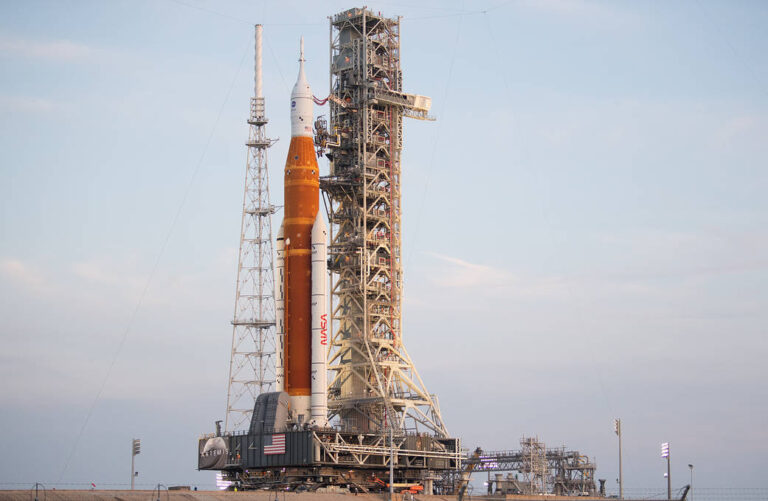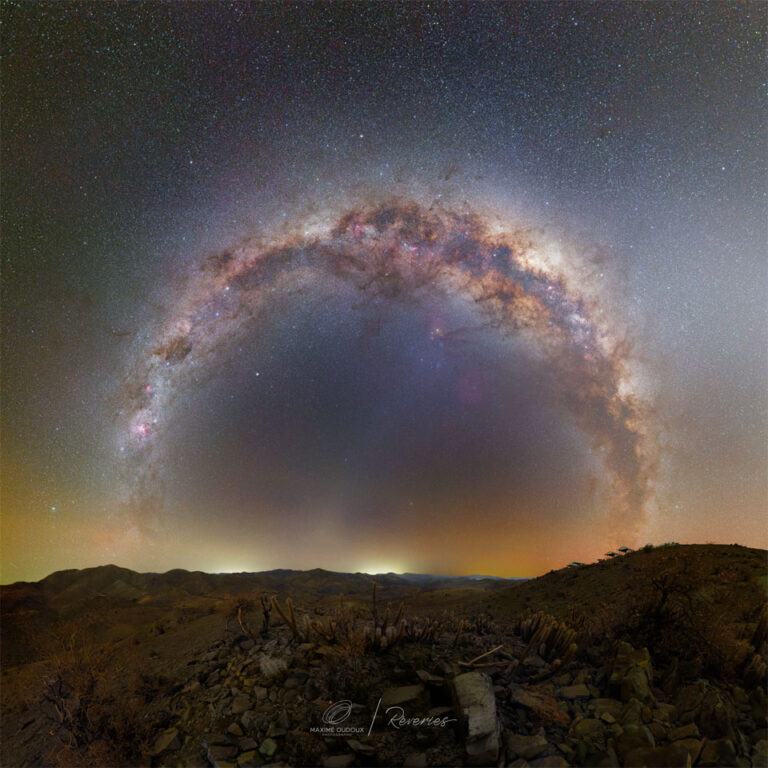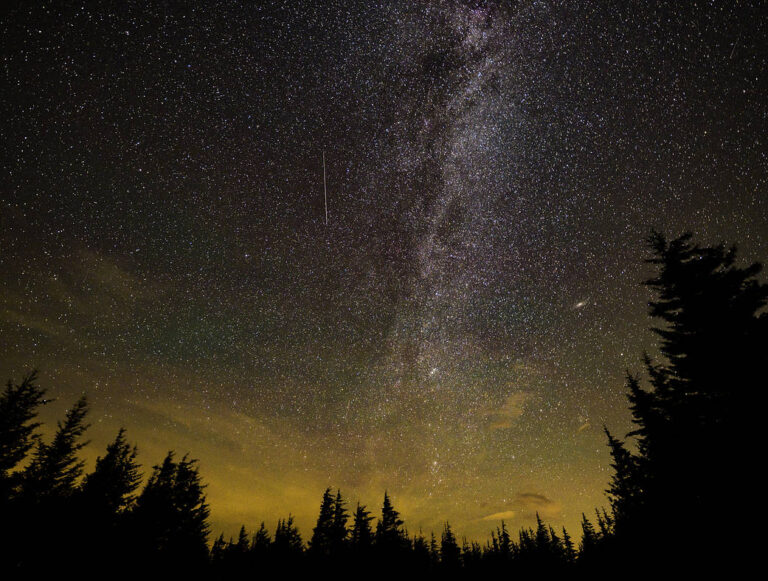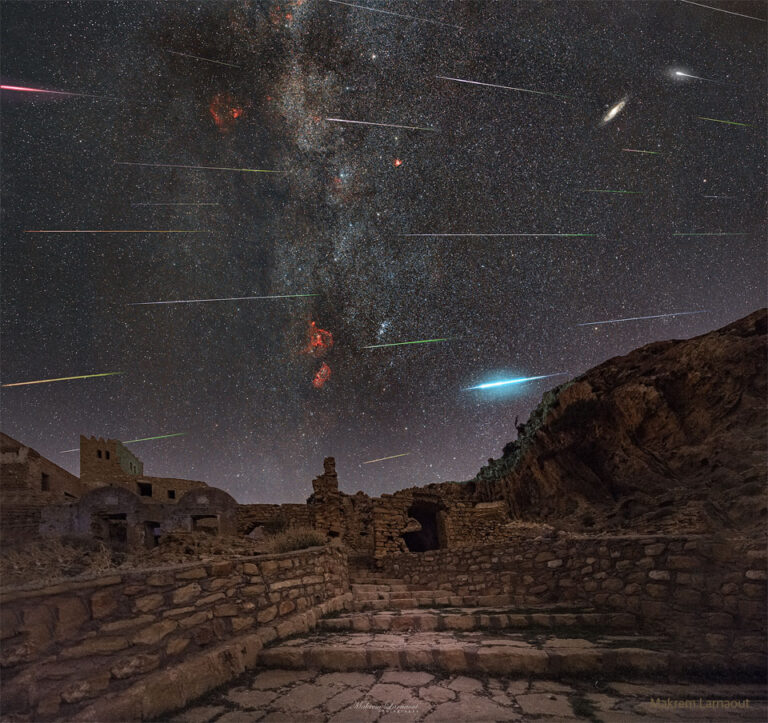我们要出发了:阿尔忒弥斯一号在发射台上
NASA’s Space Launch System (SLS) rocket with the Orion spacecraft aboard is seen atop the mobile launcher as it is rolled up the ramp at Launch Pad 39B, Wednesday, Aug. 17, 2022, at NASA’s Kennedy Space Center in Florida. NASA’s Artemis I mission is the first integrated test of the agency’s deep space exploration systems: the Orion spacecraft, SLS rocket, and supporting ground systems. Launch of the uncrewed flight test is targeted for Aug. 29 at the earliest. See this and even more photos on Flickr. Image Credit: NASA/Joel Kowsky 2022年8月17日,星期三,在佛罗里达州的NASA肯尼迪航天中心,NASA的空间发射系统(SLS)火箭与猎户座飞船一起在移动式发射器的顶部缓缓升上到了发射台39B的斜坡。NASA的阿尔忒弥斯一号任务是该机构深空探测系统的首次综合测试:猎户座飞船、SLS火箭和地面支持系统。无人飞行试验最早将于8月29日进行。 在Flickr上查看更多的照片。 影像来源:NASA/Joel Kowsky










